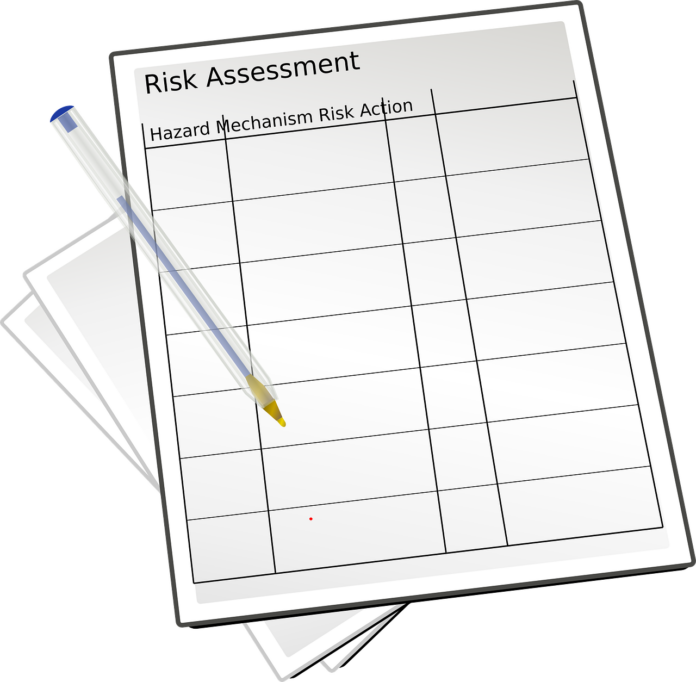Danger can be around every corner when you work on a construction site. From slips trips and falls to objects landing on your workforce’s heads, you’ll need to prevent all sorts of injuries from occurring whilst you work. By taking care of this, you’ll give your staff full confidence when working and you’ll also reduce downtime through no one needing extended time off to recover from an accident.
According to the latest data, there were over 120 workplace deaths in 2020/21 with the construction sector being the one with the most occurring within and a common cause of this could’ve been improper risk assessments being undertaken prior to work starting. Risk assessments are a legal requirement for any business and in this article, we’re going to discuss what it is and why it’s so important for your construction site. Read on to find out more.
What is a risk assessment?
Risk assessments do what they say in their name, they assess the risk of workplaces. These are completed before any of your staff members are allowed to start any work on a site and an inspection will be done to look for all of the potential hazards. Once identified, the site manager will find ways to remove the risk or mitigate the chances of injury by supplying adequate PPE to deal with it.
Whilst doing a risk assessment is important to protecting a business, you should also consider getting the right business insurance too just in case an injury occurs and you want that added peace of mind.
How do I conduct a risk assessment?
- Hazards
You’ll begin by trying to identify all of the hazards on site. These are things that have the potential to cause your staff members harm.
- Risks
Once you have your list of hazards, you’ll then need to assess the level of risk. Think about who’s in danger, whether you’re taking any precautions and how you can make it safer.
- Control the risk
Now it’s time to take action and think about what you need to do to make sure your staff members feel safe on site. Not all risks can be completely removed, so putting plans into place on how your workers should navigate these issues and remain unharmed is important.
- Record Findings
You should make extensive notes on the risks and what you’re doing to reduce them. These can then be used to provide training to your employees.
- Review
You should never treat your risk assessment as the finished article because the controls you’ve put in place may not be working. This means you should constantly review the risks and improve the controls if your employees are still in danger.

